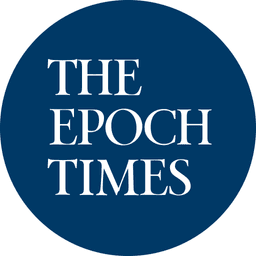Five months have elapsed since senior CDC scientist Dr. William Thompson – who spoke out about the suppression of research results linking autism to early measles, mumps and rubella (MMR) vaccine administration – was prematurely outed without his permission by de-licensed British doctor Andrew Wakefield. Yet one question still lingers: why did he do it?
The answer may lie in what Wakefield’s critics have accused him of being motivated by for the last decade: money.





